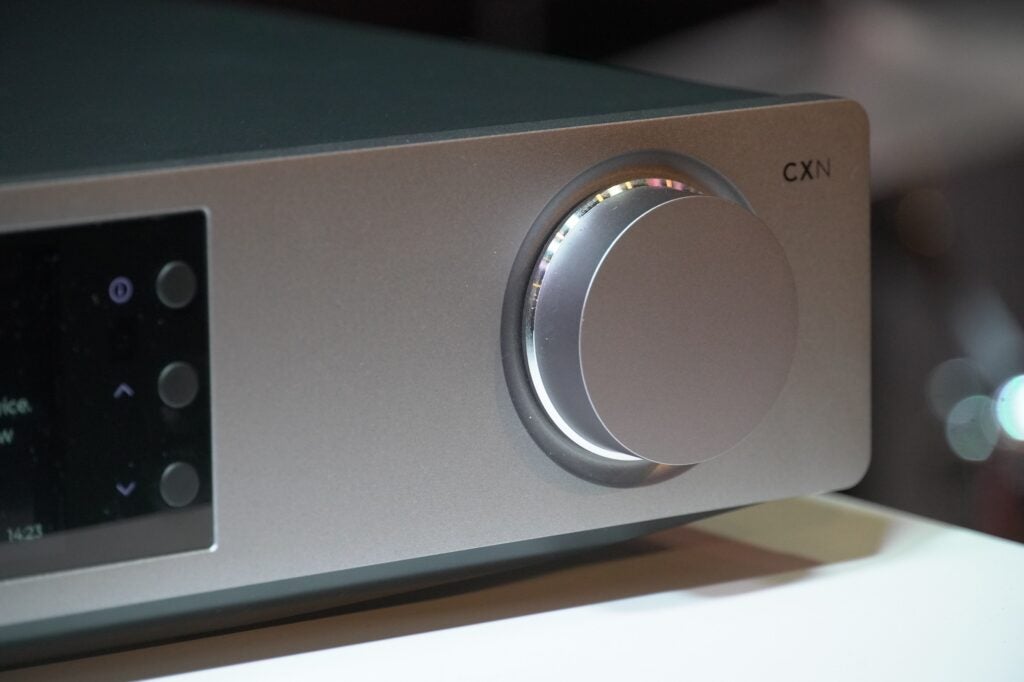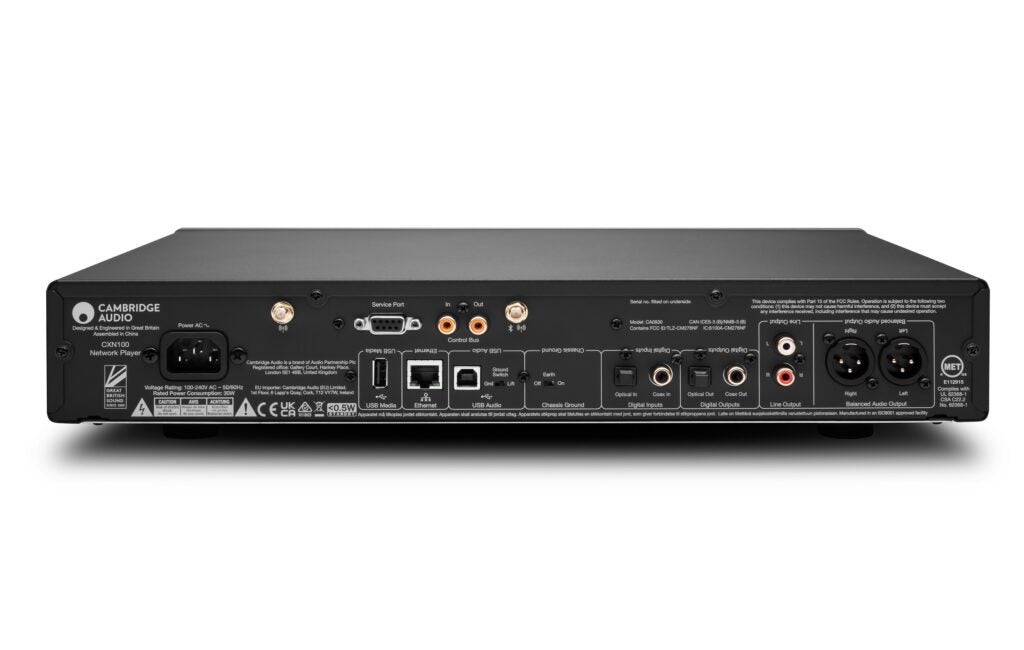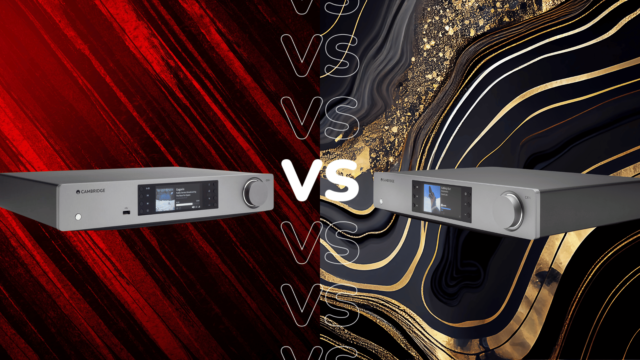Cambridge Audio’s CXN100 is not designed to be another iteration of the CXN V2 (hence the lack of V3). If you’re looking to upgrade from the older model, what reasons does Cambridge give you for making the jump?
By all accounts the CXN100 is a significant upgrade on the CXN V2. Here are six ways in which the CXN100 differs to what came before.
The switcheroo from Wolfson to ESS DAC
The CXN V2 featured a twin Wolfson DAC configuration that at the time offered high performance – but times, they are a changin’.
Since then, ESS DACs have become very popular across a range of products, and in Cambridge’s search for the most optimal, best-quality performance, it’s led them to using the ESS ES9028Q2M SABRE32 Reference DAC, which Cambridge says “sounds and measures demonstrably better” than the Wolfson DAC in the CXN V2.

File support has been improved, jumping from the CXN V2’s 24-bit/192khz and DSD64 support to PCM up to 32-bit/768kHz and DSD 512.
Cambridge Audio also say that improvements in the timing filter inside the ESS chip means that no post-DAC filter is needed, helping to further simplify the signal path for more precise, jitter-free audio clarity and “ultra-low distortion”
Do touch that dial
With the CXN100 there is now more minute control over the volume, with 100 steps available compared to the CXN V2’s 30 steps, providing more of a tactile response to upping and reducing the volume.

It has proper Bluetooth connectivity
The previous network player could only support Bluetooth when a dongle was added. Even back then it was something of an inconvenience, and so with the CXN100 has done the sensible thing and integrated it within the player.
Not a big change, but considering Bluetooth is a popular means of connectivity, and that even now some hi-fi separates choose to omit Bluetooth, its presence should be reassuring to those who find it an easy way of streaming audio (or if you simply don’t want to give your Wi-Fi password to a guest).
It is more expensive
The price has gone up from the £799 to the £899 that the CXN100 will be available for. Recent streamers such as the Arcam ST5 are less expensive, but it seems Cambridge is confident it has the performance to outclass its competitors…
The USB input has been sent to the back
The USB input is no longer on the streamer’s fascia (or front surface), and has been positioned on the rear with the rest of connections. It makes for a cleaner look on the front plate so aesthetically it’s viewed as an improvement.
It also rather represents the sign of the times where use of the USB input probably isn’t as great as it once was, but for those that want to connect a hard-drive to the CXN100, they can do so through the rear port.

No remote included
There’s no remote control included with the CXN100. The emphasis is on streaming, therefore the StreamMagic app is where the action (and operation) will be.
That said, if you have a CX Series amplifier or the CXC CD Transport, the remote included with those products can be used to control the CXN100. You can also purchase the remote separately from the Cambridge Audio website.











